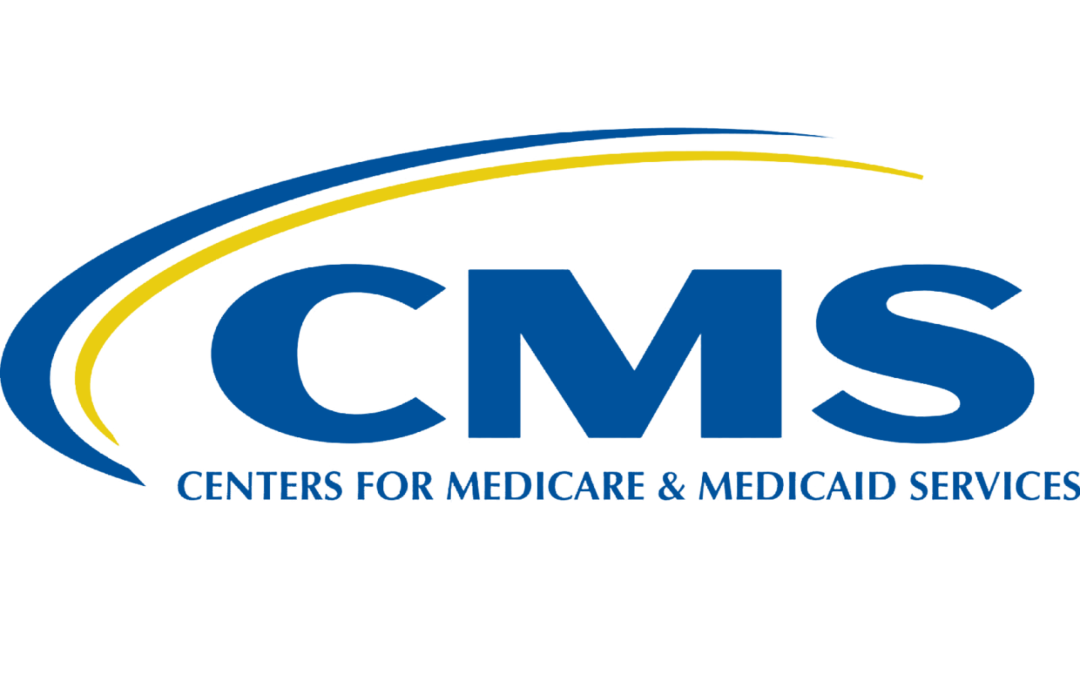Months ago, Medicare announced its intention to change the payment model for CTP/CAMPs and create a fixed payment rate of around $125/cm2. Many thought that the proposed payment rate would be increased substantially in response to Congressional lobbying. These efforts don’t appear to have been successful (although I am sure there are still a lot of busy lawyers …)
Now it has been finalized: for 2026, CMS estimates an average payment rate of about $127.28 per cm² (before geographic adjustments). This announcement has caused turmoil among manufacturers and some wound care practitioners. The economic model of wound care that was built on high-priced skin substitutes will end on December 31st, 2025. However, that is not the end of wound care or wound care practitioners. CMS has simply charted a path to a different kind of success.
Here’s what we know about the “skin substitute” world:
- CTP/CAMPs differ in price from around $12/cm2 to >$4,000/cm2 without data to show that the more expensive products work better than the less expensive ones.
- In the office-based/mobile setting, practitioners have had financial incentives to use more expensive products. The result has been a staggering increase in Medicare spending on these products.
- The financial windfall from the high payments of some CTPs/CAMPs has enabled practitioners to afford providing wound care to patients with previously limited access, such as in the home and in skilled nursing facilities.
- However, the quality of care provided by some inexperienced and merely profit-driven clinicians has not been the best, with some practitioners focused primarily on applying skin subs regardless of appropriateness.
- In response, Medicare has unleashed a firestorm of audits that have affected all wound care practitioners, delaying payment and often resulting in huge Medicare claw backs, including for those practitioners who were not overusing skin subs.
- Practitioners struggle to survive audits because the documentation requirements for CTPs are stringent, the auditors often make capricious decisions, and because in some cases, the quality of patient care has been less than stellar.
- High profile cases of fraud and abuse have unleashed the Department of Justice on the wound care practitioners and manufacturers who have used kickbacks and bribes to advance their profits.
- In addition to reducing payment, CMS is likely to further restrict coverage for CTPs if the LCD(s) are implemented January 1st, not to mention a Medicare prior authorization program starting January 1st in 6 states.
CMS is charting a path forward for wound care practitioners who want to focus on providing and documenting the best possible standard of care and is guaranteeing those practitioners a reliable income. Here’s how:
- Wound care practitioners must switch to the lowest priced CTPs/CAMPS for which there is effectiveness data.
- They will then be guaranteed a profit margin based on the difference between the fixed payment rate and the product cost (meaning, you do not have to worry about being audited over agreements with manufacturers for discounts)!
- Clinicians should then focus on optimizing documentation and care pathways to ensure that the standard of care has been met.
I am working with Intellicure Analytics to publish a free or low-cost eBook in the coming weeks that will identify without bias at least 7 CTPs/CAMPs that are both effective in healing, low cost, and capable of generating the greatest profit for clinicians. I will post about the eBook when it becomes available.
In exchange for this new revenue model, we might expect some sanity to prevail in the area of Medicare audits. Possibly. I can also make a strong argument that practitioners in the 6 states targeted for Medicare prior authorization should volunteer for that program so that they might minimize their risks in Medicare audits (more on that topic to come).
It was obvious that the status quo was not sustainable. Wound care practitioners who want to do the right thing for patients can succeed. Stay tuned for more.

Dr. Fife is a world renowned wound care physician dedicated to improving patient outcomes through quality driven care. Please visit my blog at CarolineFifeMD.com and my Youtube channel at https://www.youtube.com/c/carolinefifemd/videos
The opinions, comments, and content expressed or implied in my statements are solely my own and do not necessarily reflect the position or views of Intellicure or any of the boards on which I serve.



